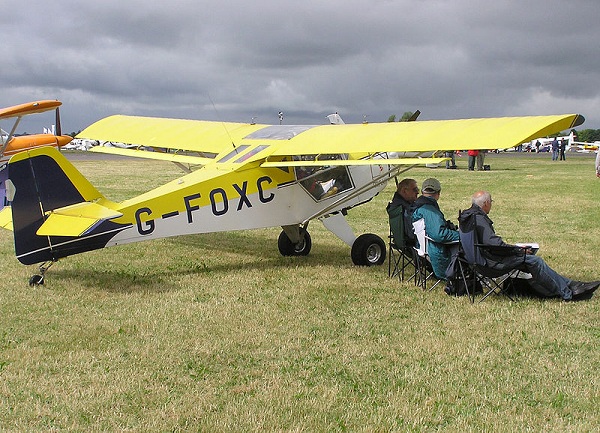<< aerodyne | aerofoil | aerological diagram >>
Back to: "A"
aerofoil
- Definição1
- An airfoil (in American English) or aerofoil (in British English) is the shape of a wing or blade (of a propeller, rotor or turbine) or sail as seen in cross-section.
- Fonte1
- WIKIPEDIA, a enciclopédia livre. Airfoil. [S.l.], 2010. Disponível em: http://en.wikipedia.org/wiki/Airfoil. Acesso em: 03 dez. 2010.
- Nota adicional1
- An airfoil-shaped body moved through a fluid produces an aerodynamic force. The component of this force perpendicular to the direction of motion is called lift. The component parallel to the direction of motion is called drag. Subsonic flight airfoils have a characteristic shape with a rounded leading edge, followed by a sharp trailing edge, often with asymmetric camber. Foils of similar function designed with water as the working fluid are called hydrofoils. The lift on an airfoil is primarily the result of its shape (in particular its camber) and its angle of attack. When either is positive, the resulting flowfield about the airfoil has a higher average velocity on the upper surface than on the lower surface. This velocity difference is necessarily accompanied by a pressure difference, via Bernoulli's principle for incompressible inviscid flow, which in turn produces the lift force. The lift force can also be related directly to the average top/bottom velocity difference, without invoking the pressure, by using the concept of circulation and the Kutta-Joukowski theorem.
- Subárea1
- Aerodynamics
- Related Term
- symmetrical airfoil
- Narrower Term
- rotating dynamic airfoil
- Variante
- airfoil
- Português
- aerofólio
- Imagem

An airfoil section is displayed at the tip of this Denney Kitfox aircraft, built in 1991.
Fonte: http://en.wikipedia.org/wiki/File:Denney.kitfox.g-foxc.arp.jpg

